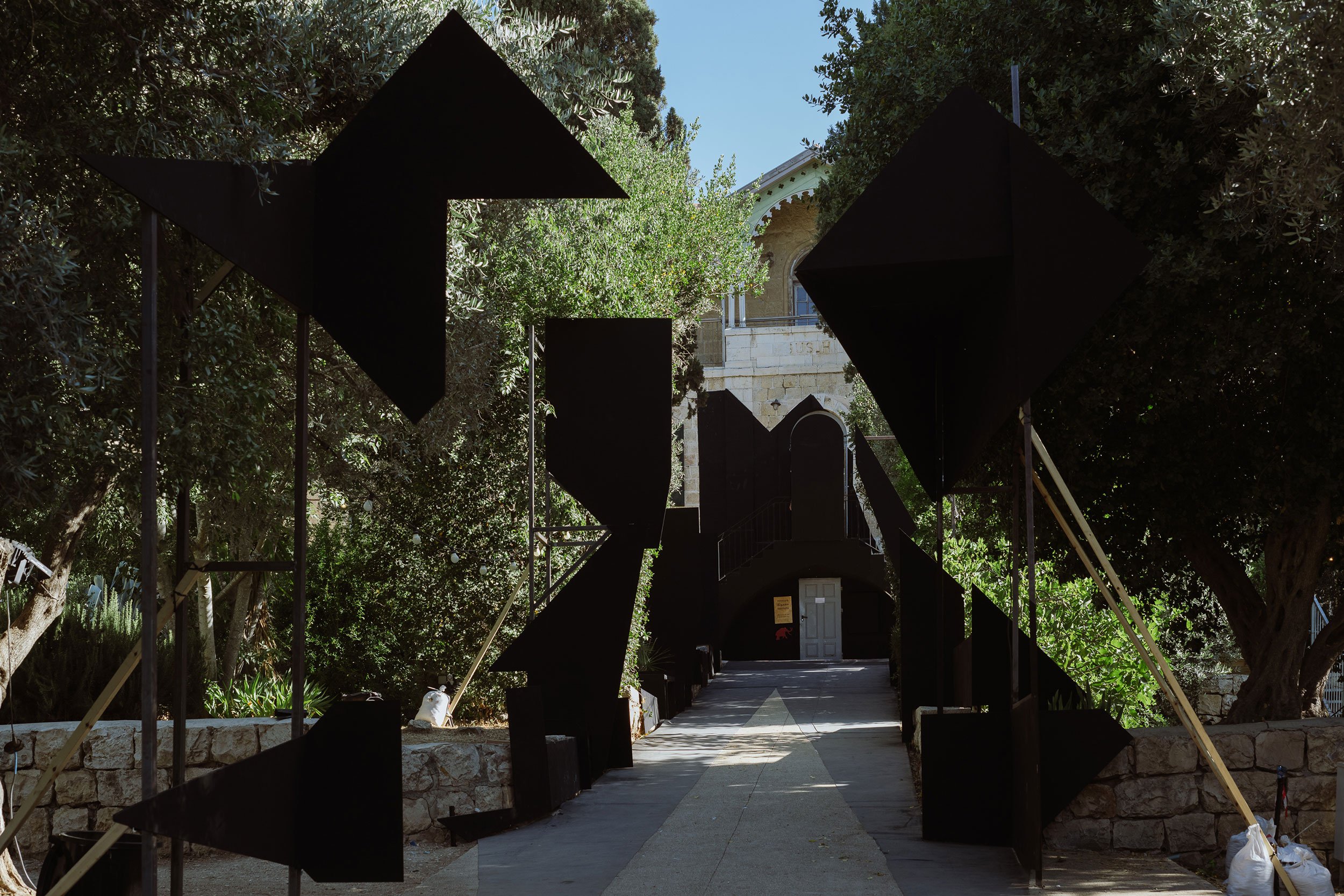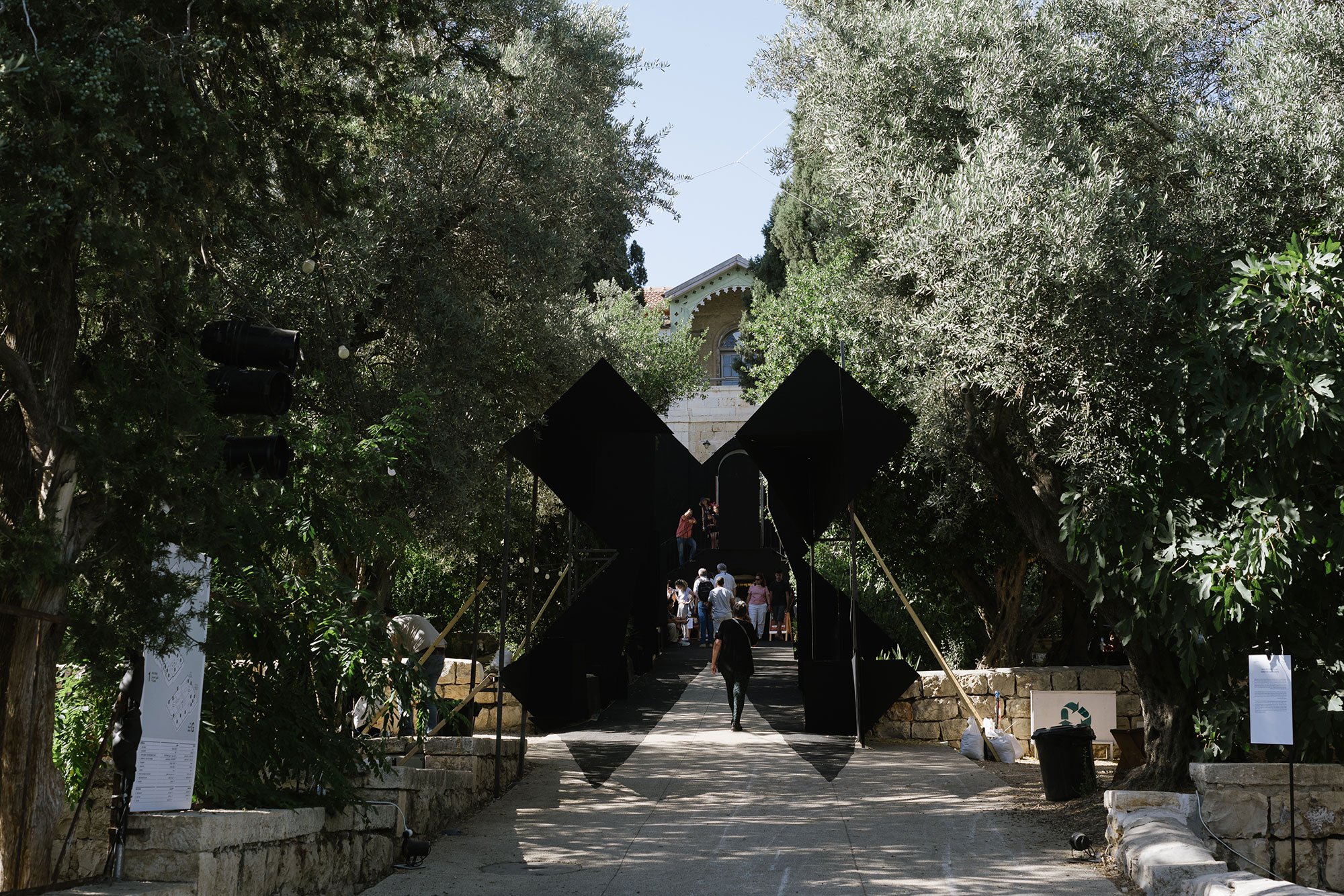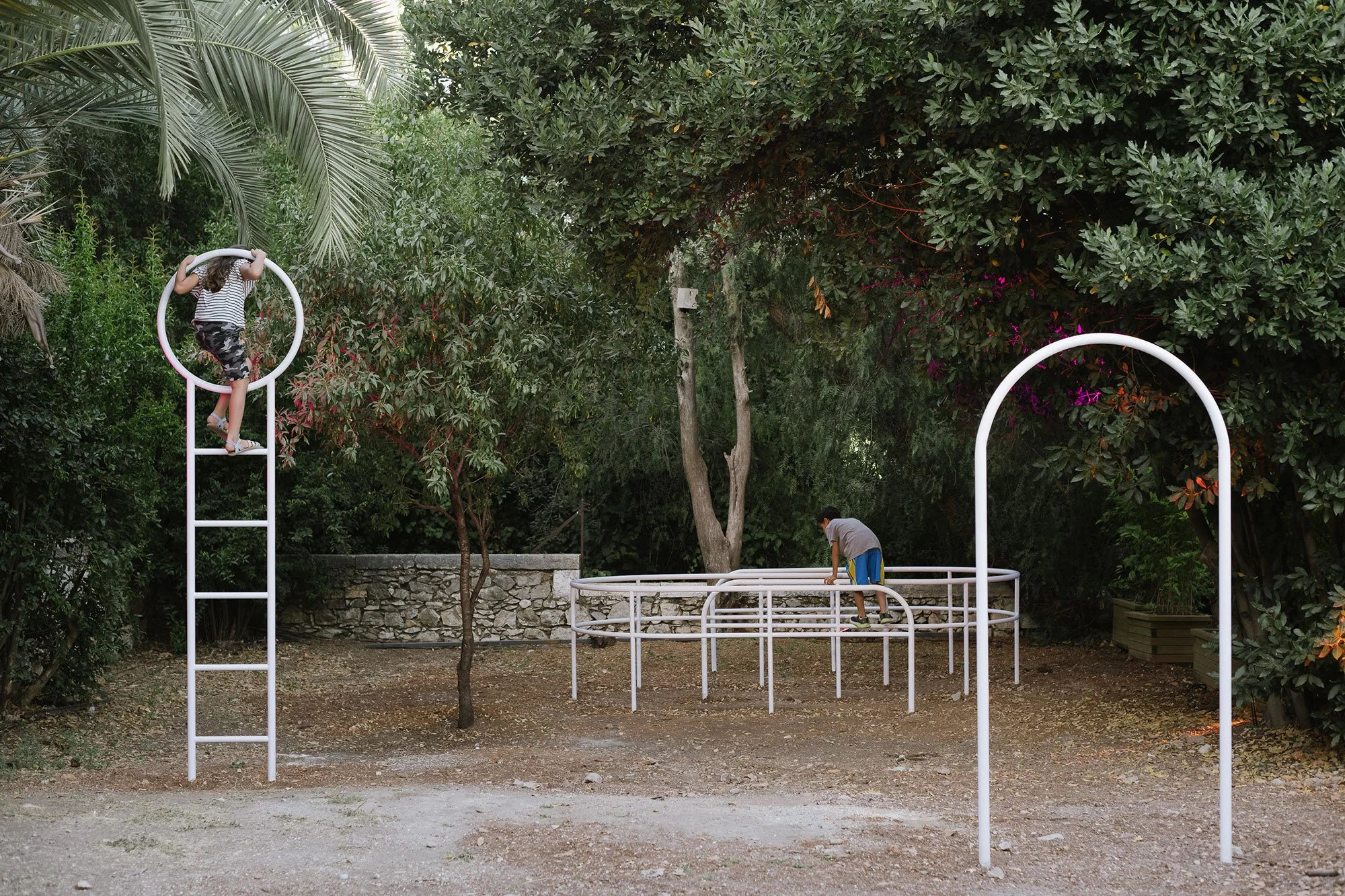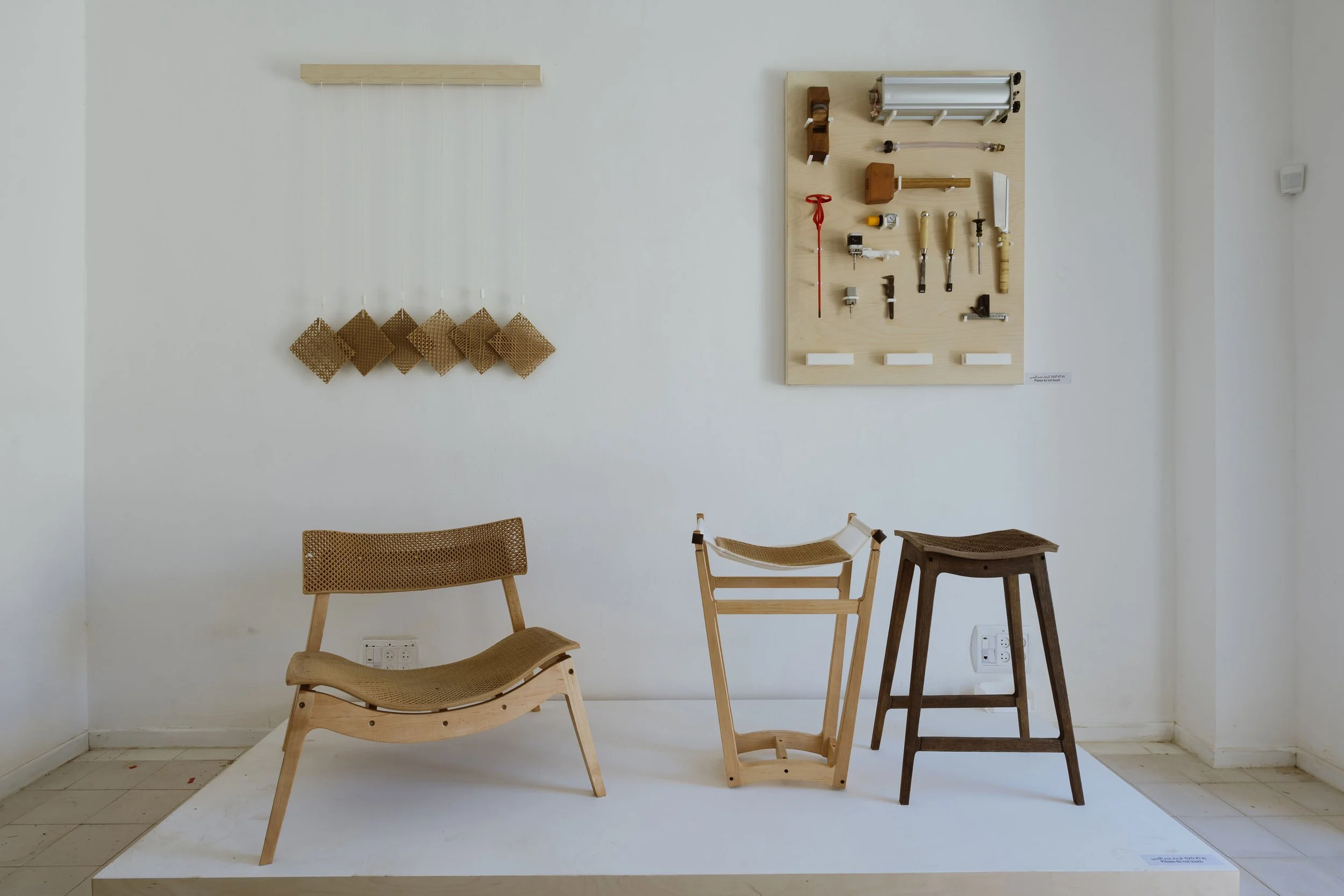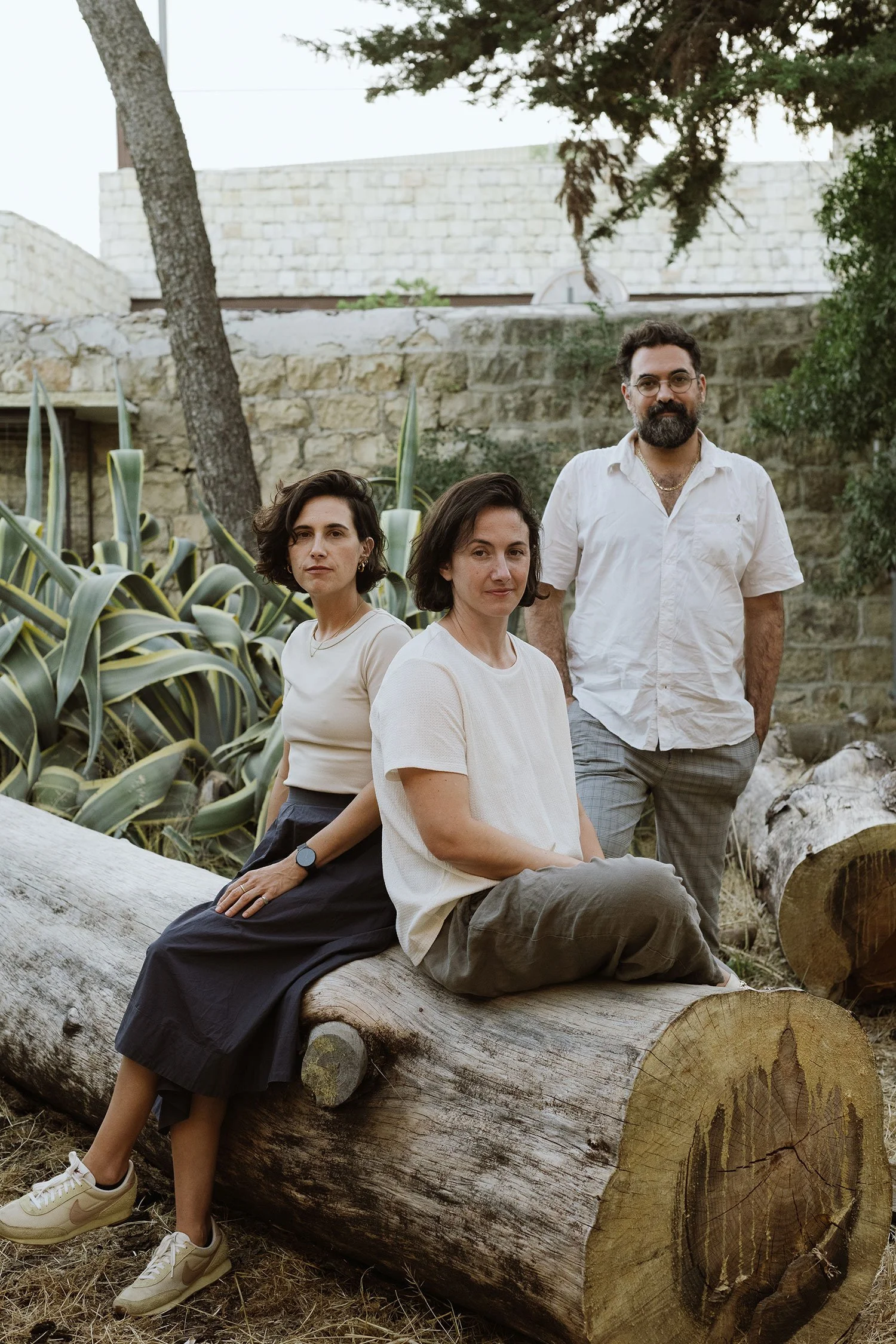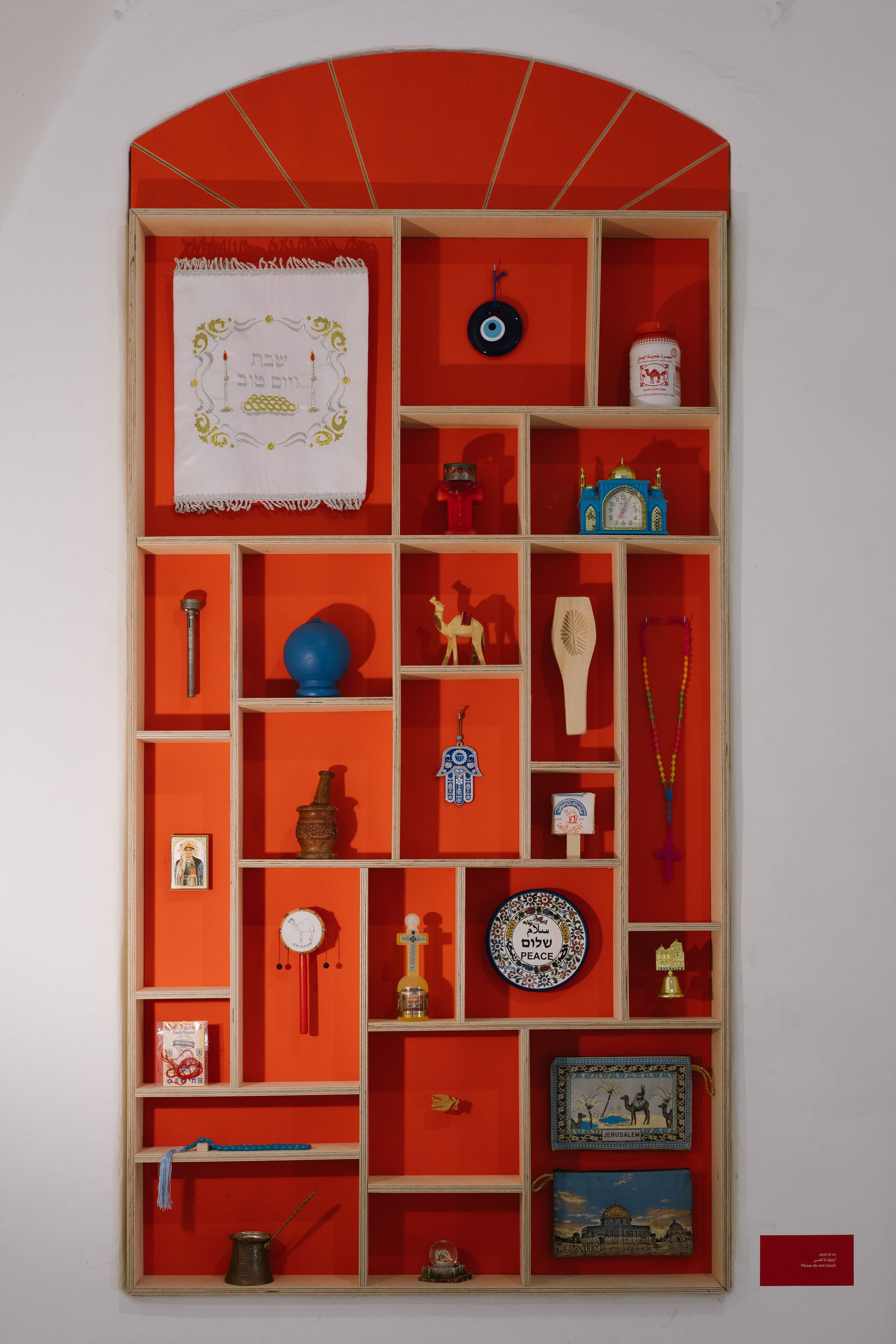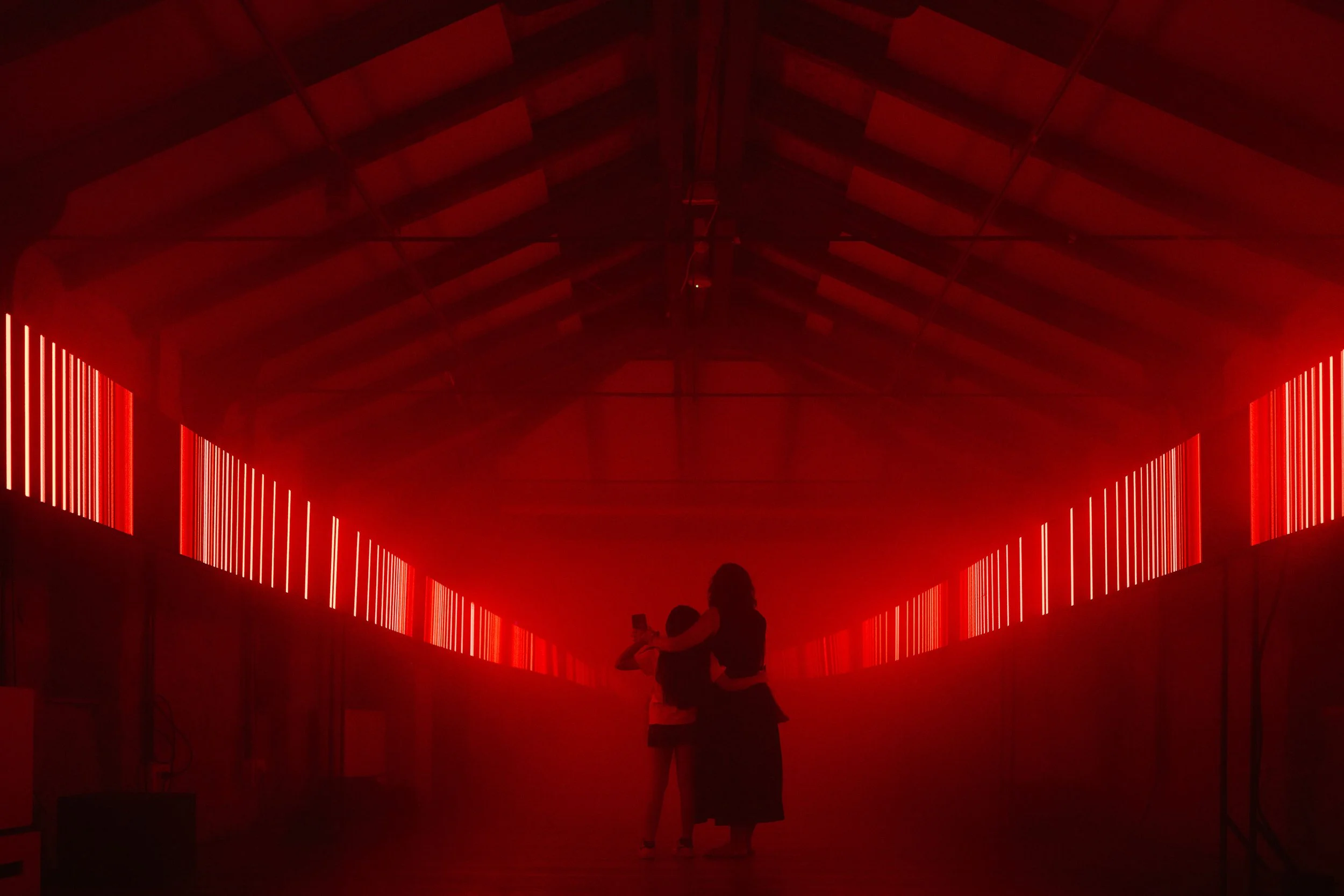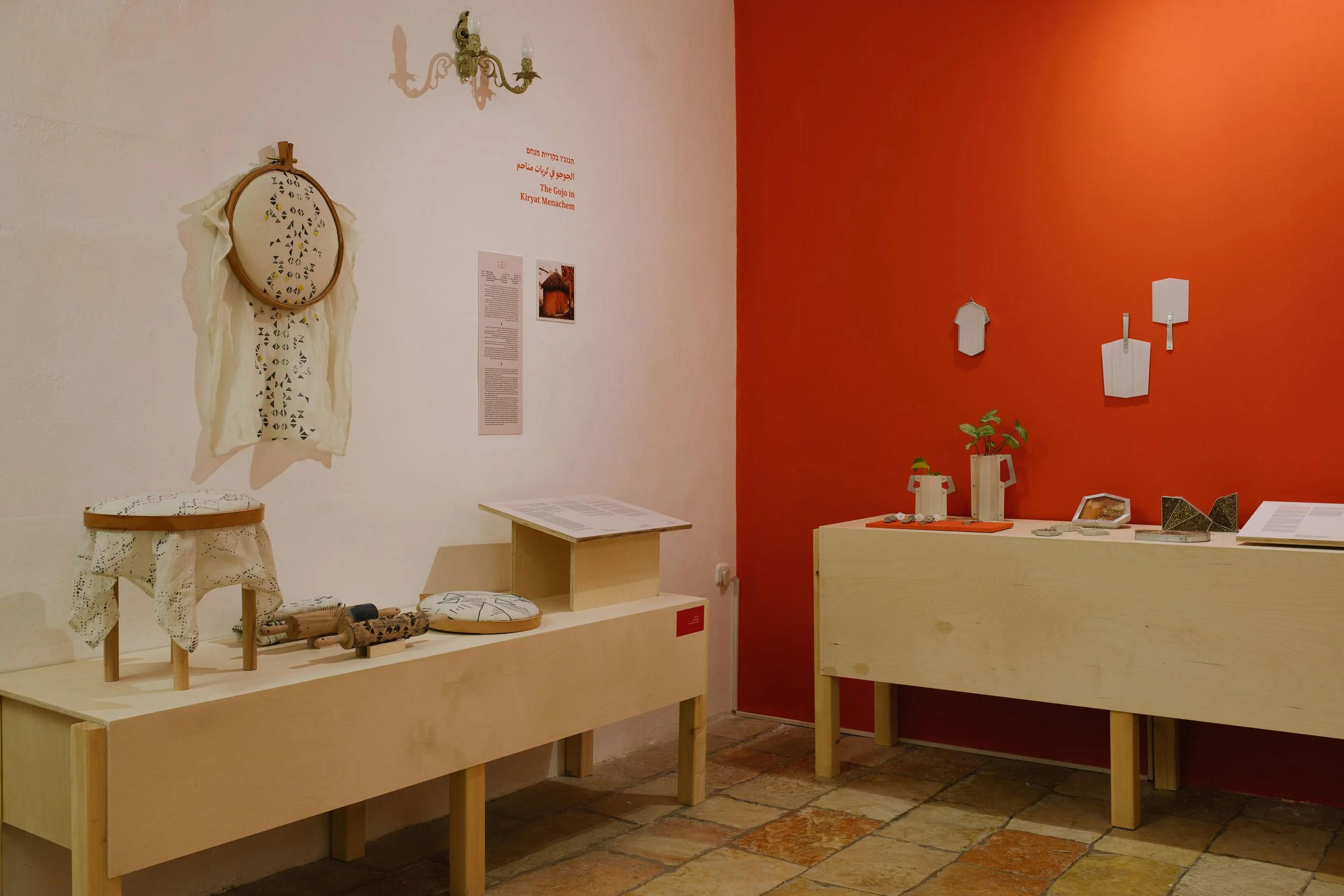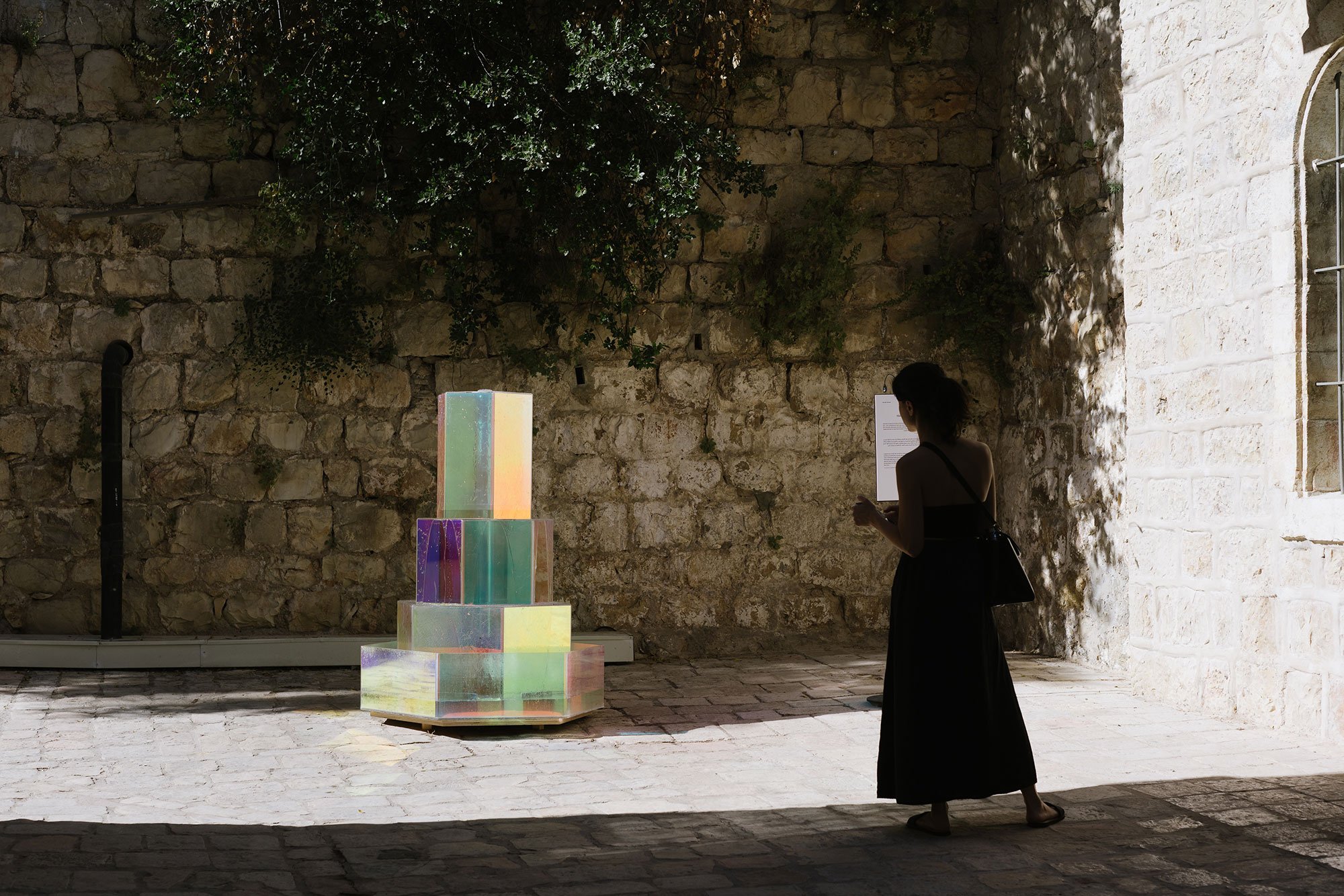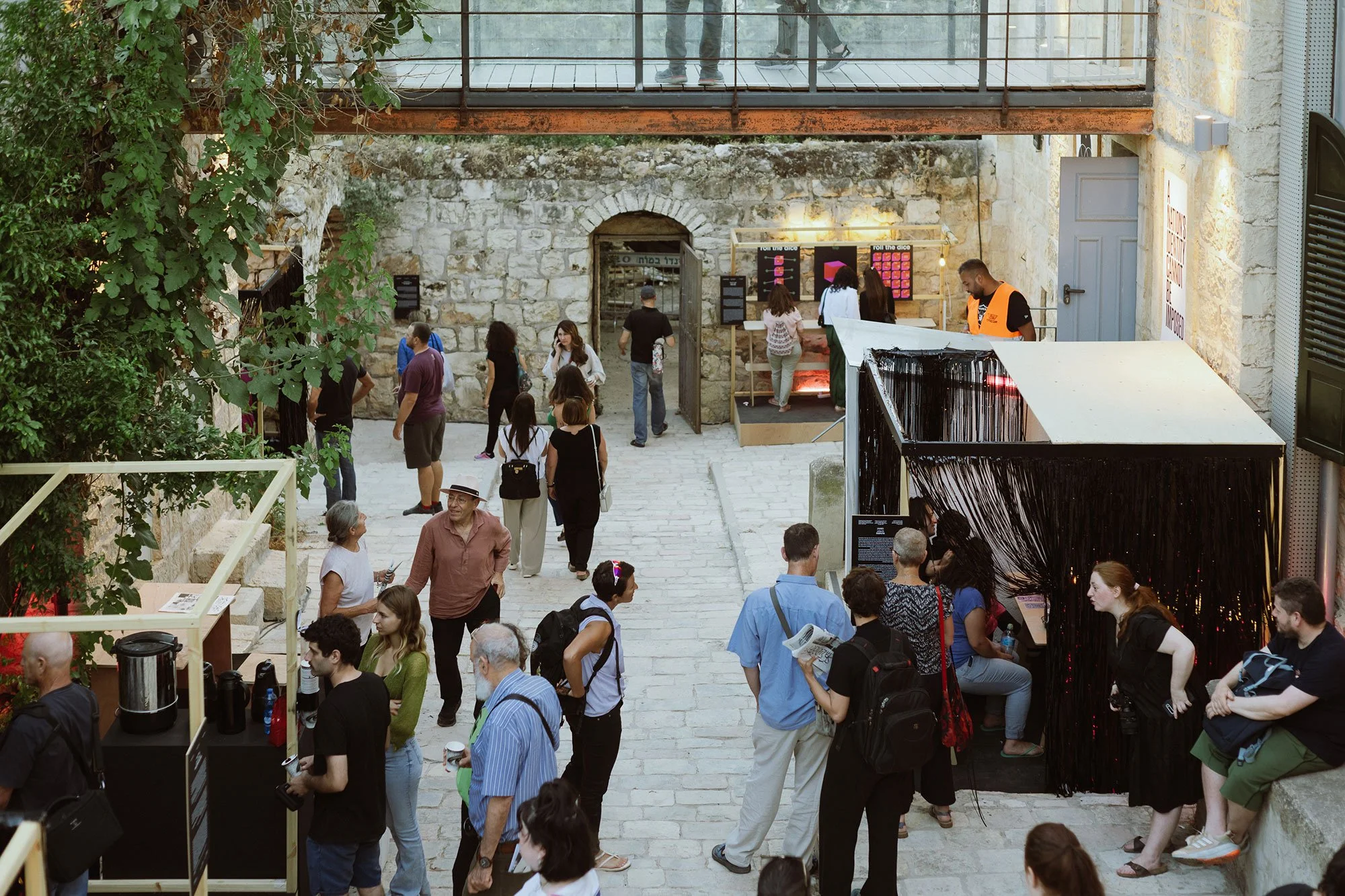Jerusalem Design Week 2023: Exploring 'Lies & Falsehoods'

The twelfth edition of Jerusalem Design Week returned last month to the Hansen House- Cultural Center for Design and Technology. Israel’s foremost design event—Jerusalem Design Week showcased a wide range of exhibitions, installations, and projects created specially for this year's theme, by more than 200 Israeli and international designers.
Rooted in the discipline of design, each one is based around the event’s annual theme: ‘Lies & Falsehoods‘ which aimed to explore the role of the designer through works that explore the importance of illusion—that conceal and deceive, creating parallel realities—alongside works that deal with disclosure and honesty, examining the possibility of truth and authenticity despite the abundance of lies and falsehoods.
More than 6,000 visitors attended the opening night, with approximately 40,000 visitors throughout the week from all sections of the diverse society of Israel.
Agency for Unseen Photo by Dor Kedmi
JDW's curators, Dana Benshalom, Sonja Olitsky, and Dr. Jeremy Fogel commented “We are honored to have had the opportunity to step into the shoes of the great former curators Anat Safran and Tal Erez, who’ve inherited the unique legacy of Jerusalem Design Week as an influential design event, locally and globally. Jerusalem Design Week is the largest and most fundamental public event dedicated to design in Israel, which initiates and proudly commissions extensive and diverse activities to promote design in Jerusalem and Israeli designers in general.“
They continue “Every year, JDW focuses on one theme, exploring unique Jerusalemite and Israeli situations that carry an international relevance. We believe that the singular cultural landscape in Israel makes it a lively lab of urgent global issues, and that it is the duty of design to respond and react to these issues. This year’s theme “Lies and Falsehoods” is more relevant than ever before. While lies and falsehoods have accompanied human civilization since time immemorial, it seems that they are currently proliferating at unprecedented levels. The digital age has brought with it a comprehensive challenge to the concepts of trust, authenticity, and truth. The post-truth era has taken over both digital and analog reality. Not only has the search for truth been abandoned, it feels like even if we were to find it, we are no longer sure of its worth. Illusions, on the other hand, prove their financial, social, and political effectiveness each day anew. The designers’ work exhibited throughout the week oscillated between reality and fiction. On one hand, there are works that explore the importance of illusions by concealing, deceiving, and manipulating mind and matter. On the other, designers deal with disclosure and honesty by examining the possibility of truth and authenticity in the face of widespread lies and falsehoods.”
WoodenWood
Alongside all exhibitions and installations, a wide daily line-up of events took place throughout the week at the JDW open patio, inviting the audience to join enriching talks with philosophers, creative individuals and experts on design, science and technology. In addition, participatory performances and intimate interactive installations exploring the idea of prophecies had escorted visitors’ experience as they walked around the venue’s courtyard and garden. This year the JDW open patio hosted 18 events led by 63 hosts, performers, keynote speakers, and participants. More than 10000 photoshoot postcards, Ai generated bills, machine made love notes, believers’ T Shirts, chatGPT debates, and white lie candy canes were given away to visitors.
JDW curators Dana Benshalom, Sonja Olitsky and Jeremy Fogel dedicated the main two galleries to exhibitions that emphasize the well-designed relationships between humankind with the artificial environments in which he lives in: the natural environment and the built environment.
Referring to the relationship between people and nature, “Over-stuffed” exhibition curated by Shahar Kedem explored the act of taxidermy as a craft of dominating nature that seeks to domesticate and regulate that which is wild and try to position humans beyond nature, or, preferably, above it. While looking into the manifestation of taxidermy as featured in natural museums, Kedem seeks to highlight this cultural norm as a human need to own that which cannot have an owner, freeze the ever-fleeting moment, halt and control decay. While inviting a vast spectrum of designers and artists to react to this theme, the exhibition, designed as a diorama in itself, evoked thoughts about the contemporary definition of “natural” vs “synthetic”, the tensions between veneer and core, design and preservation.
In-Line V2 by Nohlab
Launched in 2017, The Matchmaker project explores the creative forces that drive Jerusalem, the designers who live and work there, and the diverse crafts that take place in the city and shape it in turn. This year, The Matchmaker exhibition aims to peel back the city’s façade and expose parts of “the hidden Jerusalem.” It offers a different experience of the city: one of urban legends and personal stories, different cultures and communities, memories and souvenirs, past and present. Part of the 2023 Jerusalem Design Week, the project showcased the result of “matchmaking” between buildings in the city, storytellers, and local designers. The building was the physical space where the plot unfolds, and the storyteller was the artisan, a bearer of personal memory. The third element, the act of design, served as a bridge between the verbal story and the material world of form by envisioning new, imagined souvenirs that encapsulate the place, the story, and the time.
The Matchmaker Project
Throughout history, design has been mobilized in service of political, religious, and sociological ideas—a tool for disseminating messages and shaping narratives. As for the designers themselves, some were passionate supporters of the ideology they promoted, others were forced to harness their talent for the cause, and yet others simply made a lucrative decision. Either way, the aspiration to design people’s attitudes has led to the creation of some of the most iconic objects, posters, and typographies in the history of material culture.
In the “Propaganda” exhibition curated by Benshalom, Olitsky and Fogel, designers have been mobilized for a different cause: uncovering the mechanisms behind today’s designed propaganda. In quoting controversial social narratives, appropriating collective symbols, and rearranging spatial and temporal orders, they examine the manipulative power these narratives, symbols, and orders hold, and foster critical awareness and thinking.
The recently renewed hospice spaces of Hansen House featured design works under the theme of “Manipulation” that celebrate the creatives’ material mastery, the effect of production and creative processes on the final product, and the visual and emotional significance of a surprising encounter with familiar materials. In a sense, every craft is a manipulation aimed at transforming matter, extracting it from its natural state, and using it to create something new. And, even if every manipulation has a degree of deception about it, the goal of material manipulation is not necessarily deceitful or ostentatious. It can also help us save the world—and ourselves—from the graver consequences of our material consumption habits by allowing us access to less harmful and more readily available resources. Alongside tangible materials associated with traditional crafts, the works exhibited also demonstrated the use of more elusive materials like light, sound, and fog, which play tricks on the senses and highlight the magical dimension present in all artisanship.
JDW open patio at Hansen House
Banner Image: Black & White Now by Typomania
Image Credits: Dor Kedmi

